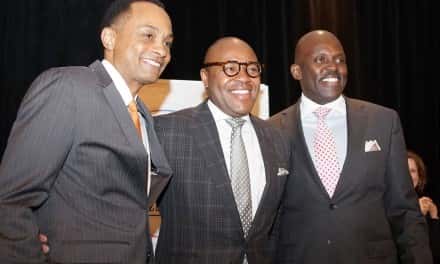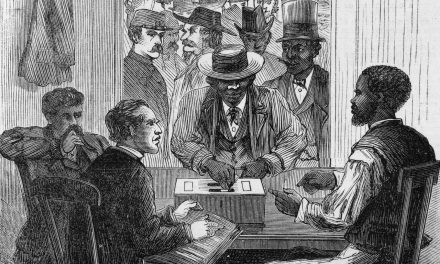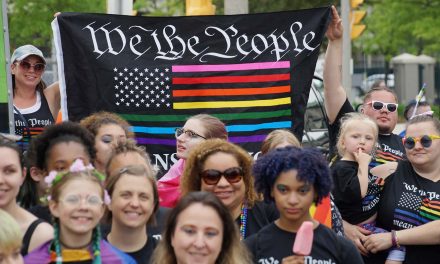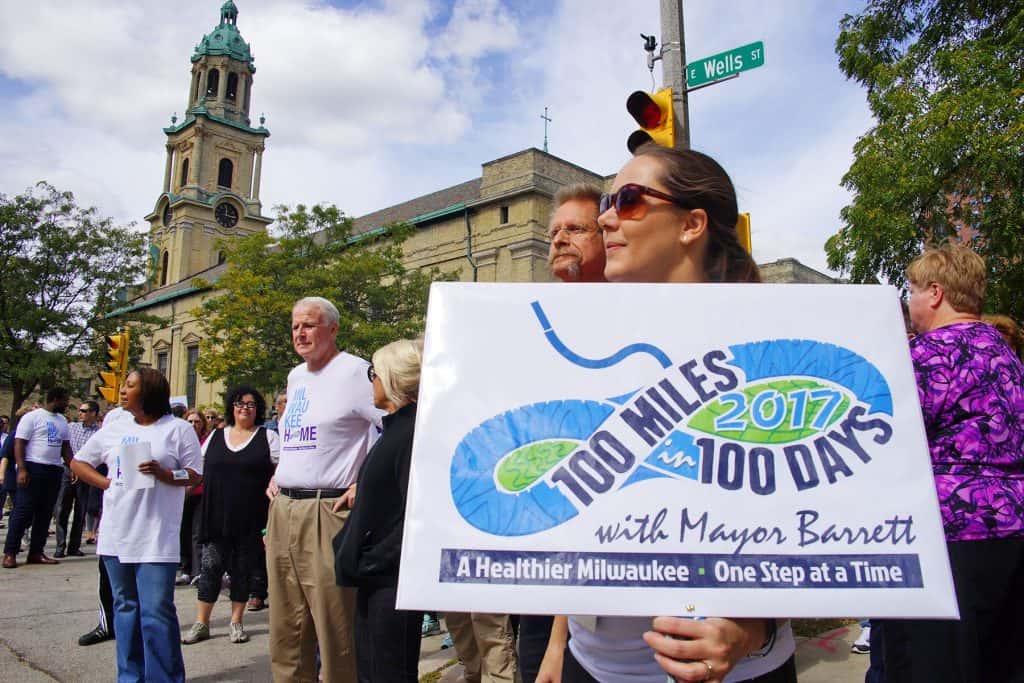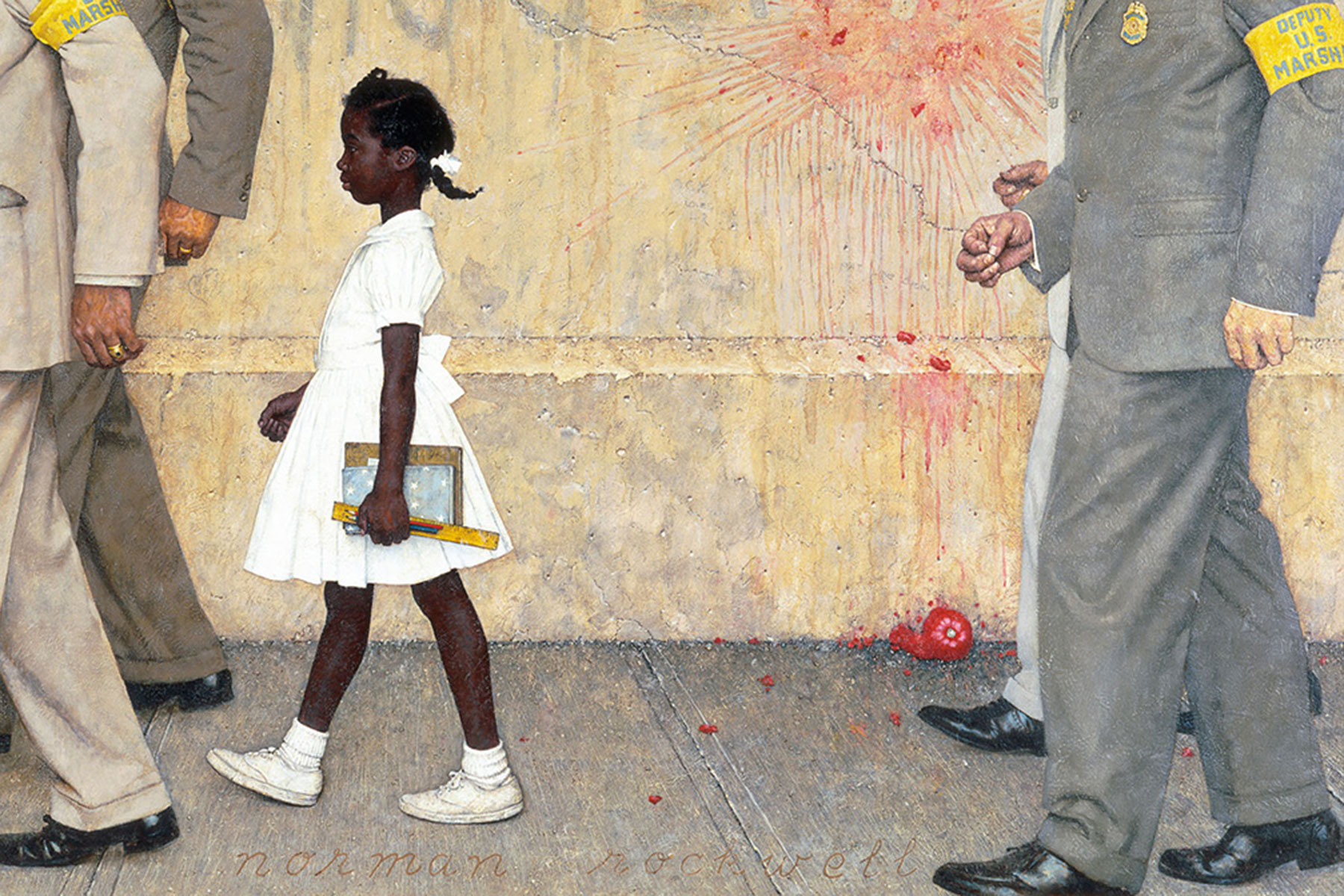
Residents of Milwaukee have both a local and national identity, as citizens of Wisconsin and America. Headlines from across the country report terrible things that do not reflect the local community, yet the city faces its own complexity of issues. For so many national issues it is easy to turn a blind eye because they do not have a local footprint. But much of the national dialogue shapes actions and discussions in our neighborhoods across the County.
The United States has long advertised itself as the world’s beacon for a civil society. The truth may be that it has only been convenient to perpetuate this narrative to justify a way of life for the keepers of civility.
However, current times of mass communication, it is as if the lack of civility is continually being exposed at a very rapid pace. Examples of this include racist rants, political tension, criminal behavior, inhumane treatment, abuse of authority, objectification and abuse of women, men, children, gay, lesbian, transgender, immigrants, refugees, and the poor. Just a few minutes on the internet, and you could become completely overwhelmed by the toxicity that seems to run rampant.
Adding to this sinking feeling is the number of views, likes, and comments that negative media seems to attract over more positive media. The question then becomes, why are we pretending that we live in a civil society, while others magnify the worst of our society?
To answer this, we need to understand that pretending itself has always been a foundational coping practice. Since the dawn of mankind, we have been attempting to make sense of the unexplainable by pretending that we know the answers to the most pressing questions of existence, creation, and morality.
Coping with hardships of life, death, disease, famine, warfare, relationships, and such can be so difficult that pretending that we can explain the suffering provides us a sense of relief.
Take for example the ancient concept of “karma” which is translated to “a force created by the person’s actions.” Karma is thought to have its origins in ancient India and is a key concept for many cultures around the world, including Hinduism, Buddhism, Sikhism, Taoism, Jainism, and most all eastern philosophies. Karma has now become defined as a noun to mamy, however originally in Sanskrit, Karma was defined as an “action that brings about a force.”
People made sense of consequences by understanding the relationship of the action to the actor. Simply put, the actors deserve what happens to them because of the energy that they released via their actions, intentions, and will.
Buddha is to have said, “If a person commits an act of good or evil, he himself becomes the heir to that action.” This understanding of Karmic forces emphasizes a sense of honesty because there is really no way of escaping this level of causation and effect. This allowed for a commitment to truth, because we accepted that we are intimately involved in this chain of causation.
What has happened recently is that we have become less committed to the truth and more committed to pretending, as a maladaptive coping mechanism to keep our society civil. Some may ask, “what is wrong with this, after all wouldn’t civility be preferred to the lack there of?”
If only presented with these two dichotomous options, the answer becomes very simple, “yes, civility is preferred.” However, we do not live in simplistic times, as many would like to believe by trying to make it so. If we want to rid ourselves of annoying family or friends, we can block them, ghost them, or completely de-friend them. If we want to hook-up with someone, we can swipe right and if we do not like them, we can swipe left. Our communication can be completely digital, and we can express our feelings with ambiguous emoji.
Our personal circles and social institutions can guard our safe spaces through trigger warnings, academic banning, online shaming, and calling out those who interrupt this sense of peace and civility. We appear civil, but at the cost of community solutions, personal growth, and cultural healing.
Initially, I described a lack of civility being exposed, and then I described a fake civility being manifested. The truth is that both realities exist. The world is not as bad as it seems in moments of grief, and it is not as good as good as it seems in moments of joy. Civility need not be destroyed simply to expose, because this exposure can become overwhelming to the point that it leads to inaction. Civility also need not be maintained for civility sake, because this can prolong very pressing problems, again leading to inaction.
Either way, our engagement with American civility has lead to the paralyzed society that we see today. This condition has filtered all the way from the nation’s capital to the streets of Brewers’ Hill and Harambee, to Bay View, Concordia, and Brady Street.
With problem-centered lack of civility, people creating an identity of being so “woke” to the injustices of society that they become overwhelmed with anxiety, and solution-centered civility people wearing “rose-colored” glasses that they become numb to suffering. This balance needs to not only address our approach and understanding of civility, but also our judgment of moral behavior.
Moral Psychologist Jonathan Haidt describes this phenomenon of polarization as being suck in our “moral matrix.” Justifying a harm mindset to those that we determine are outside of our in-group. This past election has clearly determined the effect that this polarization has on the American political landscape, and its enthusiastic support from many quarters of Milwaukee. The conclusion is that we are not “forgiving for forgiveness sake,” but we are forgiving for healing sake. Thus we are not “civil for civility sake,” but we are civil for growth sake.
© Art
The Problem We All Live With
Norman Rockwell, 1964. Oil on canvas, 36″ x 58″
Story illustration for Look, January 14, 1964. From the permanent collection of Norman Rockwell Museum.
Rockwell’s first assignment for “Look” magazine was an illustration inspired by the story of Ruby Bridges. It features the six-year-old African-American school girl being escorted by four U.S. marshals to her first day at an all-white school in New Orleans, amidst signs of protest and fearful ignorance. The painting ushered in a new era in Rockwell’s career, and remains an important national symbol of the struggle for racial equality.


